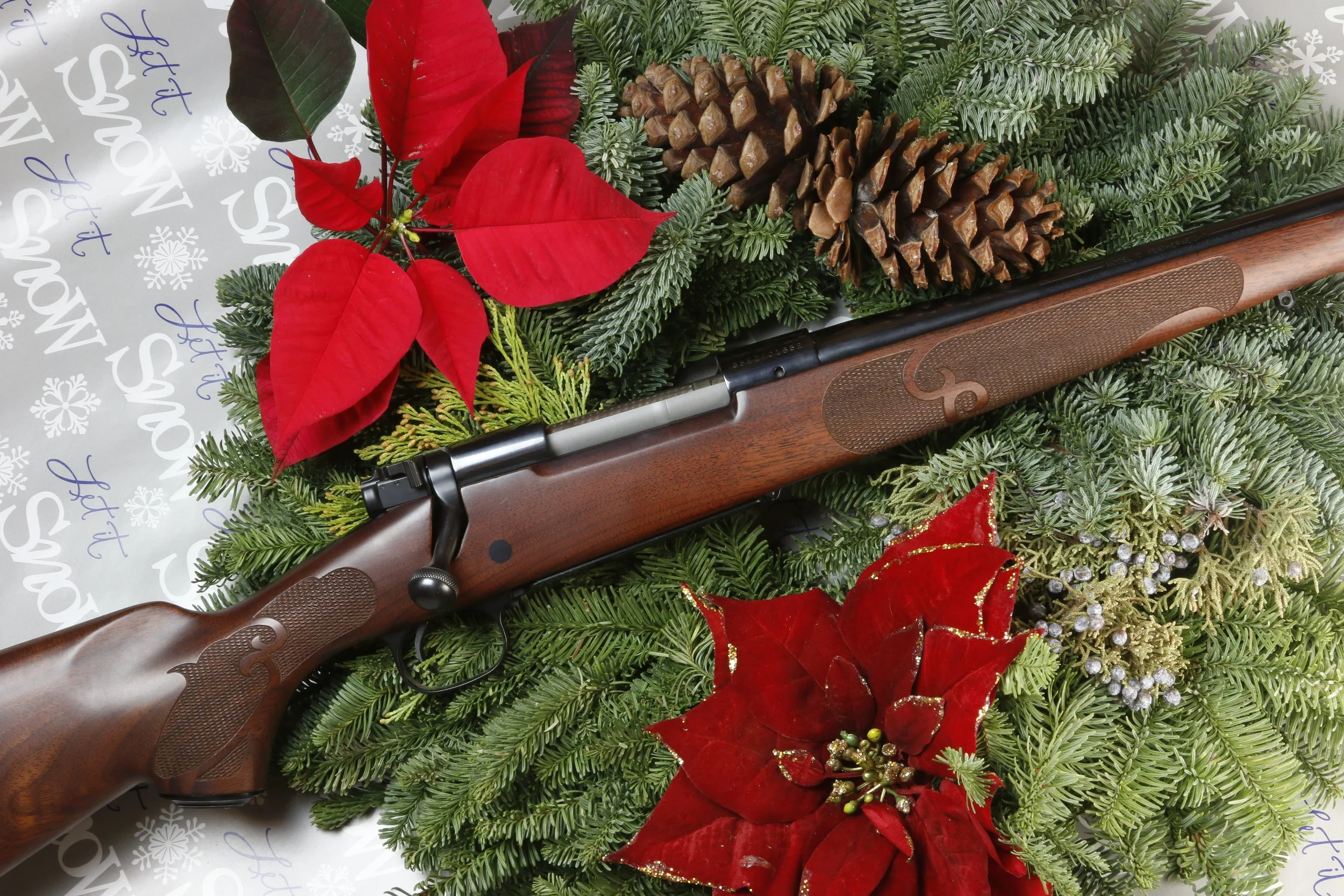Best Rifle Targets Have One-Inch Grids
One-inch grid squares indicate not only how far you hit from where you aimed, but approximate size of your groups.
One of the best rifle targets for zeroing any rifle quickly and easily is white paper overlain with one-inch square grid lines.
Many manufacturers and organizations sell or give away rifle “sighting-in” targets. It’s a smart form of advertising because it’s also useful. You can’t help but have good feelings toward the Rocky Mountain Elk Foundation when you see their logo on the paper target you shoot before the deer season opens.
Not every target, however, is as useful as it could be — or should be. Some public relations or marketing managers, who know more about selling shooting products than using them, produce targets that look cool, but perform poorly.
Case in point: the black target. It doesn’t matter if it's a black bear, black hog, black turkey or plain black circle. If the paper is black (or any dark color) you’ll have a devil of a time seeing bullet holes in it at typical sight-in ranges. What you want is a white or pale colored paper so the dark background shows through the bullet holes. An exception is shooting against a bright background like snow. Then holes appear brightly on a black target.
A second case in point: concentric circles, especially large ones. Where, exactly, do you aim? At the two-inch orange dot in the center? Or just under it? Do you concentrate on quartering the circle with your reticle? OK, that’s not too tough, so fire away. Ah, your shot landed somewhat left and somewhat low. How much? You’ll have to march downrange, pull out a ruler and measure. Two left and three low. Now march back and make your sight adjustments. Repeat and repeat again. Concentric circle targets are great for getting in shape for hunting season.
Finally, there’s the two-dimensional animal target. The life-sized bunny. The 3/4-sized coyote. The 1/2-sized photo-realistic whitetail. The idea here is that you get psychologically ready to see crosshairs on the vital zone of a reasonable representation of your quarry with big, distracting antlers. This is effective for training after you've zeroed your rifle. But when zeroing, how do you know how far from your aiming point your bullet landed? Grab that tape measure. It's time for more healthful exercise
Animal targets prepare you psychologically for shooting at big bucks and aiming at the right spot without a bullseye pointing the way.
If you’re a serious rifle shooter and you like efficiency, you’ll want a white target with a 1-inch grid pattern laid over it and a tiny, dark dot in its center. It can include heavy vertical and horizontal center lines mimicking a scope’s reticle. These are perfect for holding precisely under your reticle. From 100 yards, aim at the center for your initial sighting shot and get ready to take advantage of those 1-inch grids.
See your dark bullet hole on the white paper? Count the grid lines from it to your aiming point, the target center. Easy. Let's say it's three lines (inches) right and one grid line low. Dialing your correction with a typical 1/4 MOA scope is now dead easy because each click equals 1/4-inch of movement at 100 yards. Four clicks will move it 1 inch. So turn your windage turret 12 clicks left. That should shift the reticle 3 inches. Next turn the vertical turret 4 clicks up. Shoot again at the center dot and, if your scope’s reliable and your rifle's accurate, that bullet hole should be dead center. You’re zeroed dead-on at 100 yards and you never had to walk downrange once. Such is the magic of the grid!
Of course, if you want to take full advantage of your rifle/cartridge’s maximum point blank range (explained in this article,) I’d recommend you zero 2 to 3 inches high at 100 yards. With most modern cartridges and spire point bullets, this would result in all bullets staying within an 8-inch diameter circle out to 275 yards, perhaps as far as 325 yards with some really fast, high B.C. bullets. Transposed on the chest of a whitetail, an 8-inch circle represent the center of the vital heart/lung zone. Aim dead center and you hit the pump house every time. Who cares if you're 3 or 4 inches above or below center?
To change your 100-yard zero, just turn that turret eight clicks up to zero 2-inches high, ten to adjust 2.5-inches high and 12 to set it 3-inches high.
When it comes to easy, efficient zeroing, the best rifle targets are overlain with one-inch grids.
This target combines the best of many. A pastel elk silhouette, concentric circles, heavy crosslines bracketing center and an inch square grid. Additional tiny aiming dots in the corners provide more useful aiming points.
# # #














